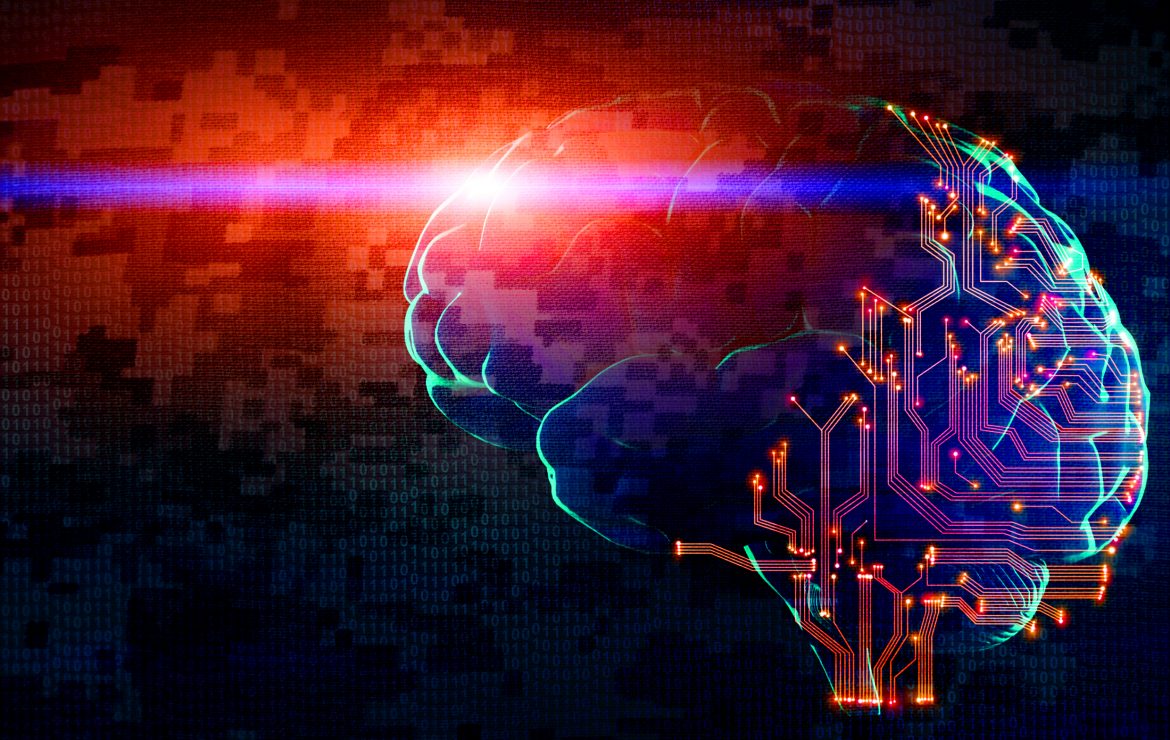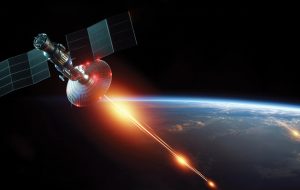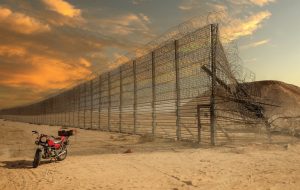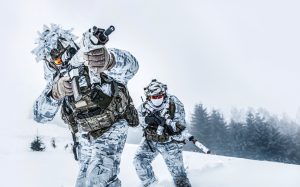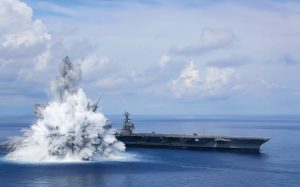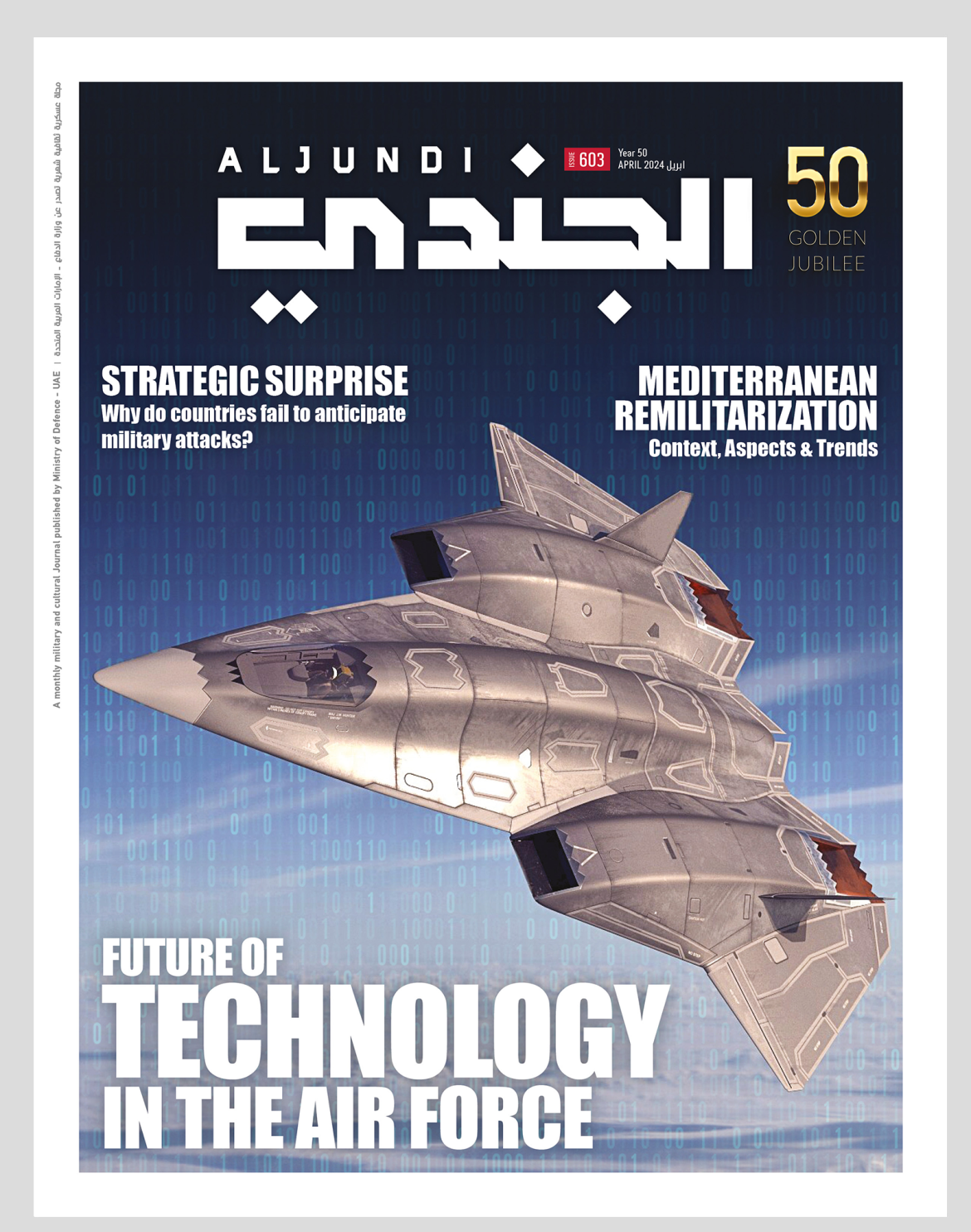This paper reviews the most prominent advanced technological developments and the corresponding challenges in the field of foresight and strategic insight. It also examines some theoretical debates about the impact of these transformations on the structure of military forward-looking institutions, the nature of the forward-looking mission and the location of the human element in it, as well as ways to develop this field to raise the efficiency of forward-looking work in the era of advanced digital technologies.
There is no doubt that the era in which we live is characterized by the existence of multiple and intertwined patterns of threats and uncertainty, and that this world is a laboratory of permanent, rapid and complex changes at unprecedented rates. Among the most important of these changes are the global spread of mobile computing, the information explosion, the development of technologies and the synergy of information and means of communication. These global transformations have stimulated new trends in the ministries of defense and armies in some countries of the world, which have led to the inevitability of making many changes that affected all levels of work in them, including the field of foresight. These transformations highlighted a new reality of work that prompted these institutions to introduce modern concepts and technologies characterized by features and visions that correspond to the nature of the contemporary world in which we live with its complexities and rapid transformations.
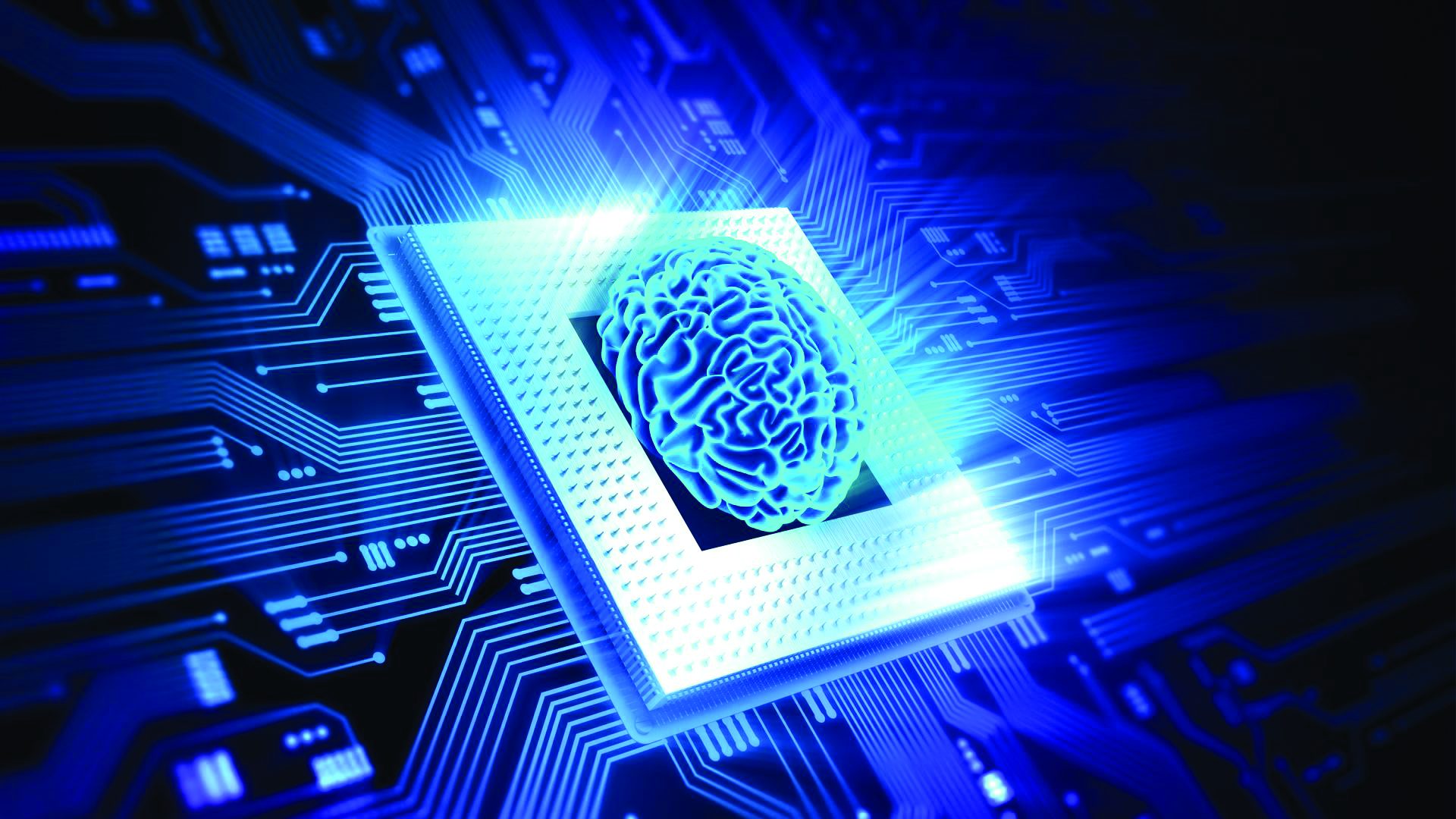
Among the most important effects of these transformations on the ministries of defense and armies, is that the information and data on which the foresight that these institutions rely on have become bloated and accelerated more than ever before, and it suffices to know that the amount of digital information produced by mankind between 2018 and 2020 was ten times greater than the amount of information that mankind produced before that period. Hence, the urgent need for the defense ministries and armies to keep abreast of what is going on in their surroundings and the events and technologies they find in it, in order to be able to achieve their strategic, security and defense objectives and achieve precedence over their competitors in their field of activity. These institutions are now required more than ever to understand the relationship that exists between them and their surroundings, and to know its basic components and future dimensions in order to take advantage of the available opportunities and avoid potential threats. Here comes the importance of strategic insight, which one of its most important roles is to urge defense institutions and armies to listen to their environment in terms of events and technology, etc., and to bring these institutions closer to their surroundings, familiarize them with it, help them analyze it, anticipate its future and contribute to it.
In this context, the science of foresight resorted to advanced digital technologies and artificial intelligence and introduced new terms in its field such as “technological vigilance” and “strategic vigilance,” which is a set of coordinated methods that work to organize, analyze, publish, share, retrieve and use useful information and knowledge in order to preserve the survival of countries, ministries of defense and armies and the sustainability and growth of their business in the face of inflation, information acceleration and uncertainty that has enveloped its work spaces at the present time.
In light of the need of the foresight institutions in the ministries of defense and armies for complementary information to support future scenarios, advanced digital technologies provided a solution to manage and process the huge amount of information collected and it was not possible to analyze and process it and to foresee the future through it, or to make realizations about it, relying on human power alone.
This context necessitated the existence of profound and fundamental changes that will appear gradually in all aspects of foresight, starting with tools for creating new scenarios for foreseeing the future, passing through the changes that should be made to the structure of the foresight institutions, and consequently crystallize new methodologies that are compatible with the era of advanced digital technologies, and thus reconsider the role of foresight in defense institutions and armies. In addition, the discussion of the existing inter-space between the foresight institutions and the decision-makers in the ministries of defense and armies, as it is important here to focus on the following issue: How can the foresight institutions provide these decision-makers with the necessary scenarios, and can these institutions and the visions based on them provide Foresight through these huge amounts of information and the methods of collecting, storing, processing and transforming it into an actionable material in the field of foresight?
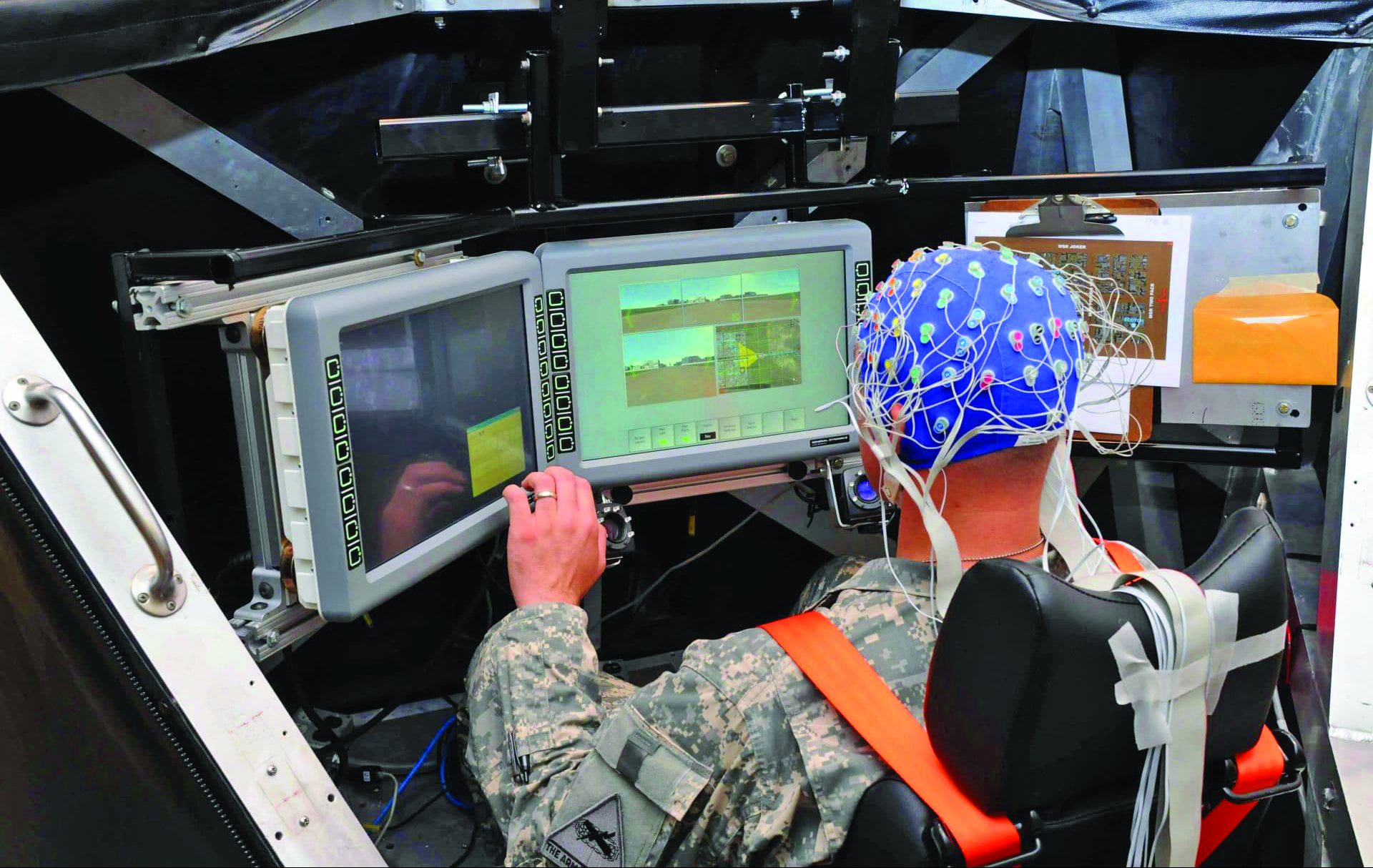
Opportunities and applications
One of the most important opportunities and applications of the era of advanced digital technologies on defensive foresight is the development of technology that allows the human brain to communicate directly with machines by developing neural interfaces implanted in the human body and able to transfer data between the human brain and the digital world. This technology is known as the Brain-computer interface (BCI), i.e. brain-computer interconnection. One of its most important uses is the automation of the foresight process. It is known that the US military have projects to use artificial intelligence to expand the field of cooperation between man and machine in the field of military foresight, after it was eventually proven that cooperation between humans and machines cognitively to think together and smoothly is possible.
Human-machine foresight involves transmitting data to the human brain from a sensor input and from the brain to machines to help foresight collect and transmit information, data, and assessments. For example, the computer can collect the target information and present it in a form that can be easily assimilated to anticipate the future easily, quickly and accurately. On the other hand, it is possible to rely on artificial intelligence coupled with the cortex of the human brain to transfer information and perceptions through it to a computer, which allows workers in the field of foresight to absorb more information
faster and provide a calendar of scenarios that help them to anticipate the future quickly and accurately. It is also possible for this human-machine link to increase the degree of focus and alertness of those who are involved in foresight and prediction, regulate their emotional state (controlling stress, for example) and even modify it to help them focus and motivate them.
Examples of applications of contemporary digital technologies in the field of defense foresight and the formation of strategic insight for the armies in the United States of America:
1 - The Hybrid Forecasting Competition-HFC program launched by (IARPA), which aims to link man to machine to improve the capabilities of extrapolating geopolitical events.
2 - (Project Maven), which aims for the link between man and machine visually to convey what the human eye sees, and so on, the imaginary visual perceptions that exist in the human brain to the machine and vice versa.
3 - The (COM PASS) Collection and Monitoring via Planning for Active Situational Scenarios program that can draw forward-looking scenarios, considering all possibilities, minimizing the risk of surprises, and targeting only relevant and influential information from the huge amounts of available information on the subject in question.
For its part, China has reached advanced stages in the field of foresight enhanced by artificial intelligence, especially in the field of early prediction of risks and building different models and alternatives for decisions and policies, which will have the greatest impact on China’s internal government and its international policy.
Last August, the US Department of Defense officially announced that it had provided itself with an artificial intelligence-enhanced future foresight system. The program, called Global Information Domination, is designed to anticipate the most important events for the US military, enabling it to “dominate the world’s information” and “to excel in decision-making.” This is through the comprehensive ability to predict the movements of troops or military vehicles such as submarines or crowds, as well as anticipate air attacks, bombing or even missile launches, through a data set consisting of radar recordings, satellite images and other diverse data from various intelligence and sensors.
US General Glenn D. Vanherk explains that what the program does is make this data available and share it in the cloud, where artificial intelligence will review and analyze it very quickly and communicate its results to decision makers. This will give decision makers the opportunity to think, plan and respond a few days before the event.
Challenges and recommendations
On the other hand, the era of advanced digital technologies brings challenges to the forward-looking projects of the ministries of defense and armies: the first of which is the lack of prediction institutions affiliated with them and the uniqueness of their position in terms of information gathering, analysis, dissemination and foreseeing the future through them. The technical spearhead exists not only outside the borders of military systems, but also outside the control of the states themselves.
In this context, the forward-looking institutions affiliated with the ministries of defense and armies must re-think their relative superiority compared to the civilian entities that are able to collect information, analyze it and foresee the future through it, especially in light of the large amount of information available on the sidewalks today, that information is available today to everyone who seeks to obtain it, besides the abundance of its analysis tools that are also offered for sale on digital platforms, some of which are free, which allow individuals and groups, not to mention the military and defense institutions in the competing countries, to collect and process huge amounts of information and anticipate the future through it with utmost ease and accuracy.
Another challenge is the increasing opportunities for civilian companies operating in the field of technology to outperform the armies and defense ministries in the field of foresight, which will eventually lead to a kind of “decentralization of power” in which access to foresight technology becomes smoother for non-state actors. With the development of the means of producing its programs and the multiplicity of developers, access to this technology will become available even to many organized gangs and armed groups.
After all, we may see the field of foresight as virtual battlegrounds between forms of artificial intelligence, which will undoubtedly seek to disrupt each other and infect analysis and automatic control systems with misleading and malicious software, which will need to increase security to protect prediction and foresight systems.
In this context, the ministries of defense, armies and affiliated institutions must harness their resources in preparing and training workers in the field of foresight and developing their frameworks in the information and technical field. These institutions should pay more attention to developing their relationship with their external environment, follow up on changes taking place in it, use scientific tools in analyzing it, and work to establish a clear communication and information system so that the information collected has value, and consequently, future scenarios based on it, have originality and innovation, and an independent structure that performs the function of strategic vigilance should be created in Forward-looking institutions, and openness to the external environment should be enhanced by organizing meetings, seminars and open doors, and breaking the walls separating the public and private sectors. In this regard, the form of “unique” cooperation that brings together the “private sector” of major information companies and social networking sites (such as “Google” and “Facebook”) and Western devices and forward-looking bodies in the field of information technology and the development of artificial intelligence is a good example of the inevitability and importance of this cooperation, in line with the concept of the revolution in military affairs, which aims to keep pace with the rapid technological changes with the development of a clear military strategy directing the efforts of the armed forces according to the changes that occur in the strategic environment.
The ministries of defense and armies should reconsider the structures and theories of their forward-looking institutions and redefine the forward-looking function in accordance with the spirit of the information age and advanced digital technologies. The basic trends that Western military foresight institutions have worked to promote are: cooperation and partnership with the private and academic sectors, seeking to promote technological innovation for the purposes of foresight, adopting and creating flexible and effective administrative theories, striving to raise the efficiency of the workforce in the field of foresight, openness and heeding the complexity that characterizes the current era which requires the exclusion of dichotomous vision and the vision that assumes the dominance of the military and defense establishment over knowledge, visions that no longer have a place in the era of escalating communication and networking, “when innovation accelerates, it is foolish to let inertia set the agenda”, says former Secretary of Defense Ashton Carter .
Conclusion
To make the most of the opportunities, and for achieving an effective strategy in facing the challenges presented by the era of advanced digital technologies in the field of foresight, and for the formation of strategic defensive insight, innovation and imagination must be considered absolute priorities, and only through which armies can achieve their strategic independence, the army that innovates is an army that never put down its weapons, it is an army that tirelessly builds its strategic independence. So, armies even turn to science fiction writers to imagine scenarios of threats and conflict in the future.
It must also be taken into account that it is the one who has the data that leads the foresight and advanced digital technologies such as artificial intelligence and not the other way around. Finally, the field of foresight should be considered as a conflict field in which every actor wants to tilt the scale towards the scenario that achieves his interests and confront scenarios that contradict them. “If you don’t know where you’re going, you may end up somewhere else that you don’t know,” says Yogi Berra.
» By: Dr. Wael Saleh
(Senior researcher and Head of the Global Trends Follow-up Unit at Trends Research)


